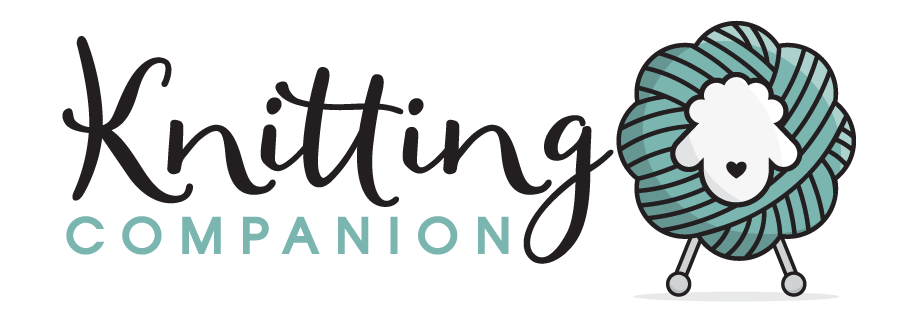Boye Row Counter

THE REVIEW
 The glories of the row counter! These are fascinating little creatures, helping us keep track of where we are in our patterns. Knitters-in-the-know all tend to have their favorite row counter (including the Knitting Abacus, reviewed here), but today we are looking at an entry-level row counter option. Let’s admit it: not every knitter who learns how to knit needs to jump into the deep end of the pool with the most high-end project bags, needle organizers, and tapestry needles. Whether you’re a new knitter still testing the waters to determine how passionate you are about knitting, buying for a younger knitter (like my daughter, who doesn’t need to be working with $25/skein yarn), or if you are just on a budget, there are still plenty of tools out on the market that are useful to you. The Boye Row Counter is certainly one of them.
The glories of the row counter! These are fascinating little creatures, helping us keep track of where we are in our patterns. Knitters-in-the-know all tend to have their favorite row counter (including the Knitting Abacus, reviewed here), but today we are looking at an entry-level row counter option. Let’s admit it: not every knitter who learns how to knit needs to jump into the deep end of the pool with the most high-end project bags, needle organizers, and tapestry needles. Whether you’re a new knitter still testing the waters to determine how passionate you are about knitting, buying for a younger knitter (like my daughter, who doesn’t need to be working with $25/skein yarn), or if you are just on a budget, there are still plenty of tools out on the market that are useful to you. The Boye Row Counter is certainly one of them.
INITIAL REACTIONS: The row counter is plastic and light in the hand. There are no rough edges, and it has two (on the smaller version) or three (on the larger version) plastic “edges” inside the counter that help it grip closer to the needle to help it stay in place. I’ve purchased a number of these over the years for my own personal use, and I’ve found that most have a really nice action to them – changing the numbers typically is a two-handed experience, with a little resistance. Some do have a fairly loose action to them, and I consider them duds. Looser action results in easier changing of the face values, sometimes just by brushing it with the couch when you set down your work temporarily.
THE TESTS: Using this row counter is really straightforward: simply slide it onto a straight needle (sorry, double points or circular needles are terrible with these) and make sure it is set to read 0 on both counters. Then, just knit a row as you normally would and then adjust the right-most number to read “1.” See? Keeping track really is easy!
My experiences with using the Boye Row Counter is generally positive, but as I’ve become more dedicated to my obsession with knitting, I’ve moved away from them. Here are the reasons why I’ve handed them down to my daughter:
- Weight. I know I’ve said they are light, and they really are! However, they sit at the very bottom of your needle, which inevitably means that it distorts the action on the needle – the balance gets thrown off. This is similar to when I have a lot of stitches on my needle and they start to slide down to the bottom of the needle (working your flat knitting on circular needles prevents this). It drove down my accuracy and my speed, which are both issues for me.
- Two-handed operation. When you get to the end of your row, you have to put down the first needle so that you can put both hands on the row counter and adjust it. I’m just whining at this point, but it did slow me down and I found it cumbersome once I started playing with other, more expensive options.
- Accidentally Changing Numbers. More than once, I set my work down for a moment to refill my tea or answer a question, and realized that I had knocked the row counter so that it sat between numbers or had changed numbers altogether. I would have to adjust the counter back to where I knew it was. The good part of this is that I had to learn how to read my work, but no knitter should have this concern. As I said before, this is only on a subset of these counters, as most are pretty snug.
None of these points should deter you from buying this product if it fits most of your core needs. I used them for at least 10 years before trying another option, and they all served me well. In fact, that low price point allowed me to keep counters in multiple areas of the house, and if I lost one, replacement was simple and inexpensive. No beating myself up for losing it, just head out to my local Joanns or Michaels and pick up a new one. They are a good value and serve many knitters really well.

